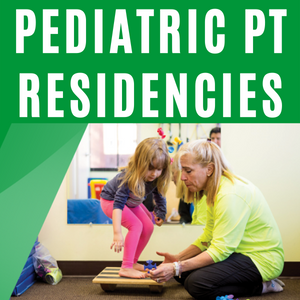Back
Concurrent session
Hospital-based
Success with Standers: Positively Influencing Lives by Following the Literature
Sunday, November 20, 2022
9:30 AM – 11:00 AM
Location: Grand Ballroom 1
.jpg)
Catie Christensen, PT, DPT, PCS
Physical Therapist and Evidence-Based Practice Coordinator
Nationwide Children's Hospital
Westerville, Ohio
Lead Speaker(s)
Standers are commonly used by PT’s and PTA’s with children with cerebral palsy GMFCS levels III-V. This course will use evidence to demonstrate how standers can be used by children with cerebral palsy to promote bone health, hip preservation, postural control, and function. Evidence-based algorithms that guide clinicians to the ideal candidates, set-up, frequency, and duration of use of a stander will be presented allowing PT’s and PTA’s to make evidence-informed decisions at the point of care.
The second portion of this presentation will introduce the Segmental Assessment of Postural Control (SATCo) which is a valid and reliable tool to assess segmental postural control. The SATCo can be combined with a stander that allows for segmental support. The SATCo will allow clinicians to identify the exact level of postural control the patient demonstrates. The clinician can then set the child up in a segmental stander to fully support the trunk in all areas without full postural control to maximize upper extremity function and head control. Alternatively, the child can be set-up to challenge postural control in an effort to improve it to promote function outside of the stander.
Video and photo case examples will be provided to allow participants to practice using the algorithms with a patient, to emphasize important concepts, and demonstrate patient results obtained by children who have used the algorithms.
The second portion of this presentation will introduce the Segmental Assessment of Postural Control (SATCo) which is a valid and reliable tool to assess segmental postural control. The SATCo can be combined with a stander that allows for segmental support. The SATCo will allow clinicians to identify the exact level of postural control the patient demonstrates. The clinician can then set the child up in a segmental stander to fully support the trunk in all areas without full postural control to maximize upper extremity function and head control. Alternatively, the child can be set-up to challenge postural control in an effort to improve it to promote function outside of the stander.
Video and photo case examples will be provided to allow participants to practice using the algorithms with a patient, to emphasize important concepts, and demonstrate patient results obtained by children who have used the algorithms.
Learning Objectives:
- Understand the use of standers for hip preservation and bone density including the ideal candidate, set-up, and dosage.
- Describe the Segmental Assessment of Trunk Control (SATCo) and how the results of this assessment can be combined with a segmental stander to maximize function or improve postural control.
- Use the algorithms provided at the point of care for easy translation back into their setting.

.png)
.png)
.png)
.png)
.png)
.jpg)
